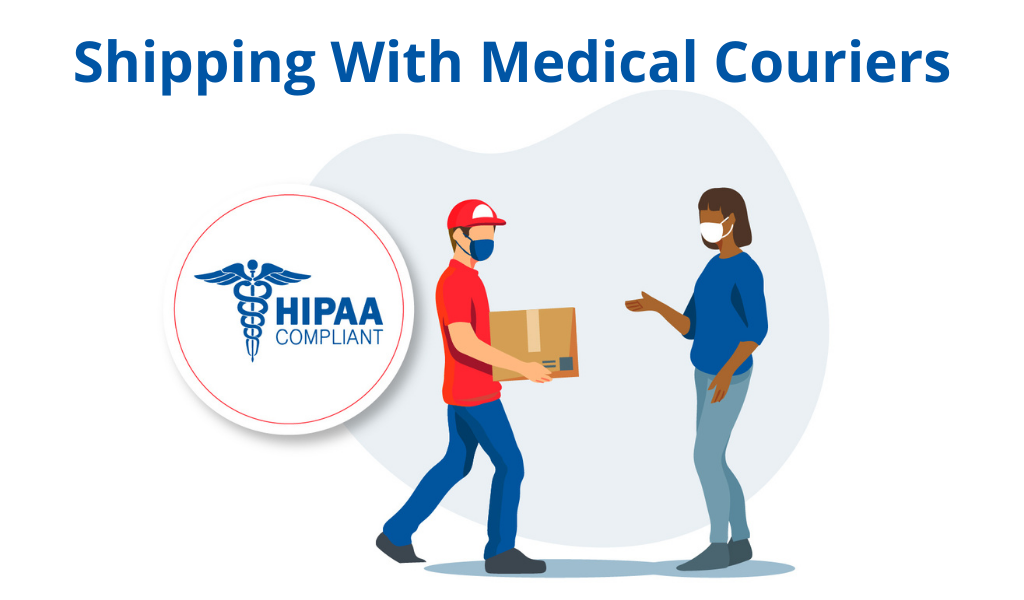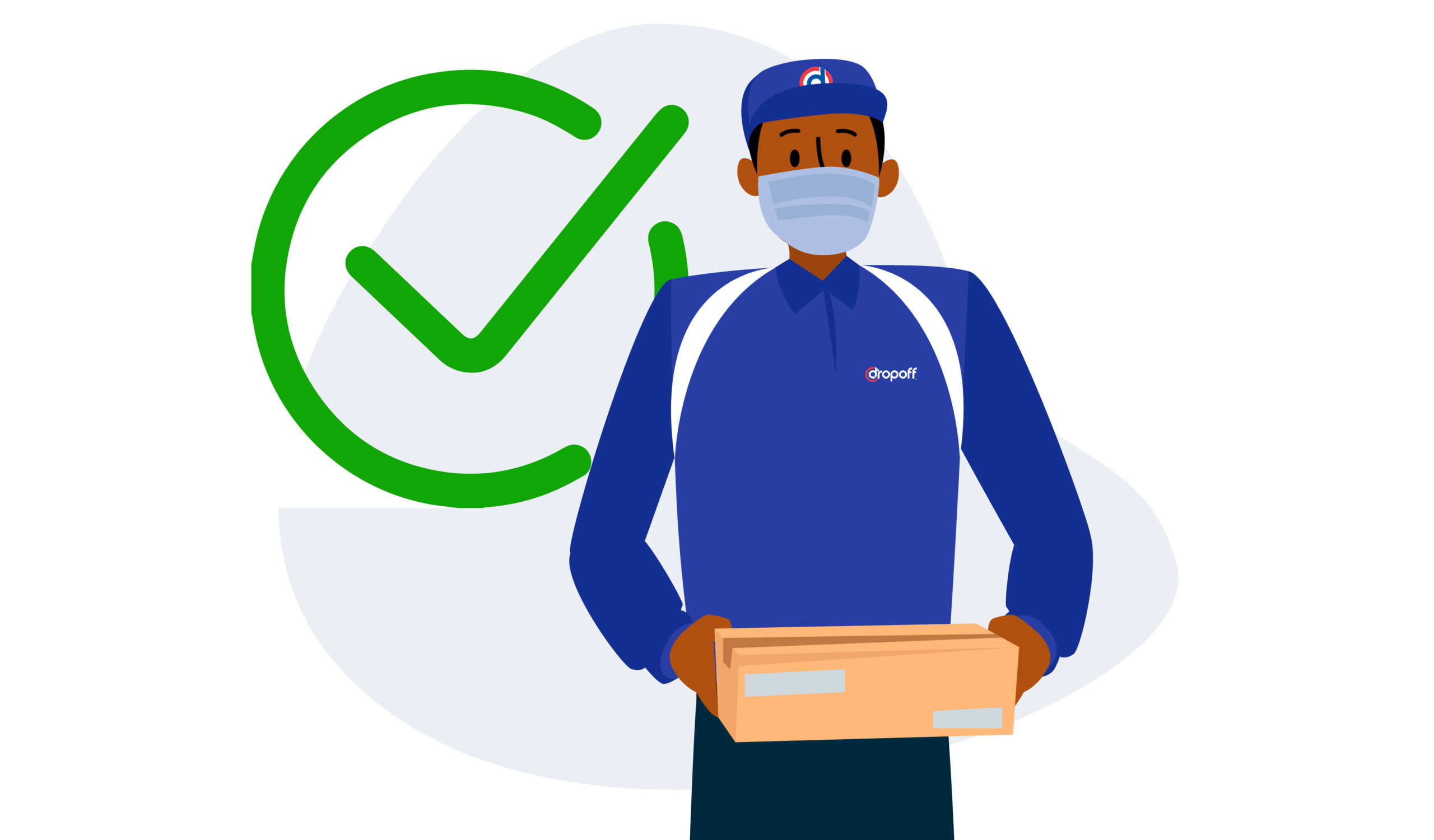Everything You Need to Know About Transporting Blood and Specimens

When transporting blood and medical specimens, you must take the necessary steps to ensure their safety.
This begins by properly packaging the samples to avoid damage during transit.
You must also label them correctly and store them in a temperature-controlled environment.
Finally, you need to choose the right transportation method for your needs.
Let’s break down these steps so you can safely transport your blood and medical specimens.
What Types of Blood and Specimens Can Be Transported?
There are different types of blood and specimens that can be transported, including:
Each sample type has specific transportation requirements, so it is essential to know what you are transporting and follow the proper guidelines. The links above will help you understand government guidelines around a specific sample type.
For instance, whole blood must be transported at a cool temperature to maintain its viability, while urine is transported at room temperature.
What Is the Best Way to Package Blood and Specimens for Transport?
Sample transport containers come in various shapes and sizes, so select the correct container for your specific sample.
Below are different types of medical specimen containers:
- Biohazard bags
- Sharps containers
- Specimen cups
- Transport tubes
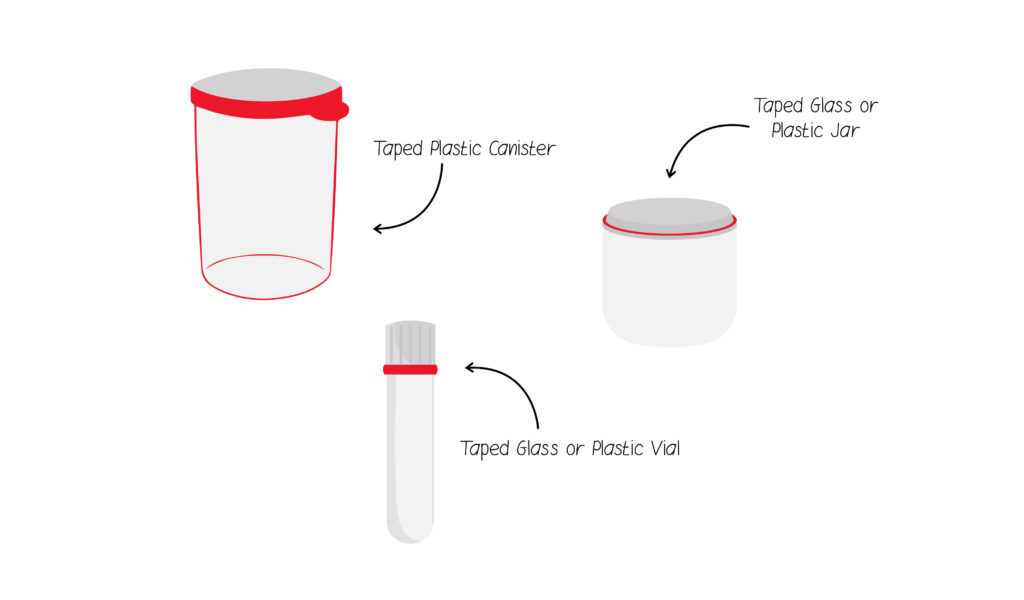
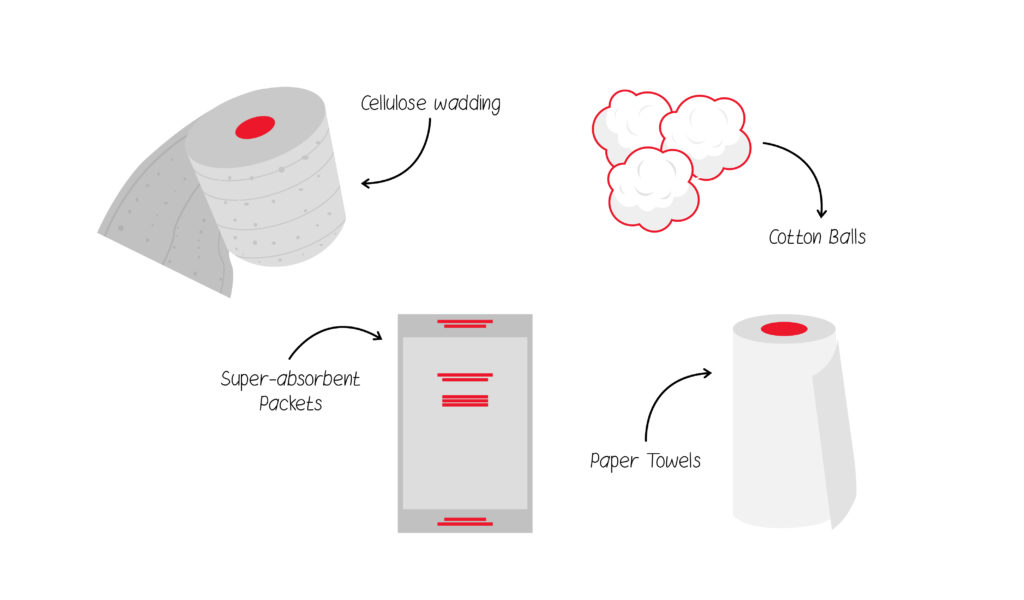
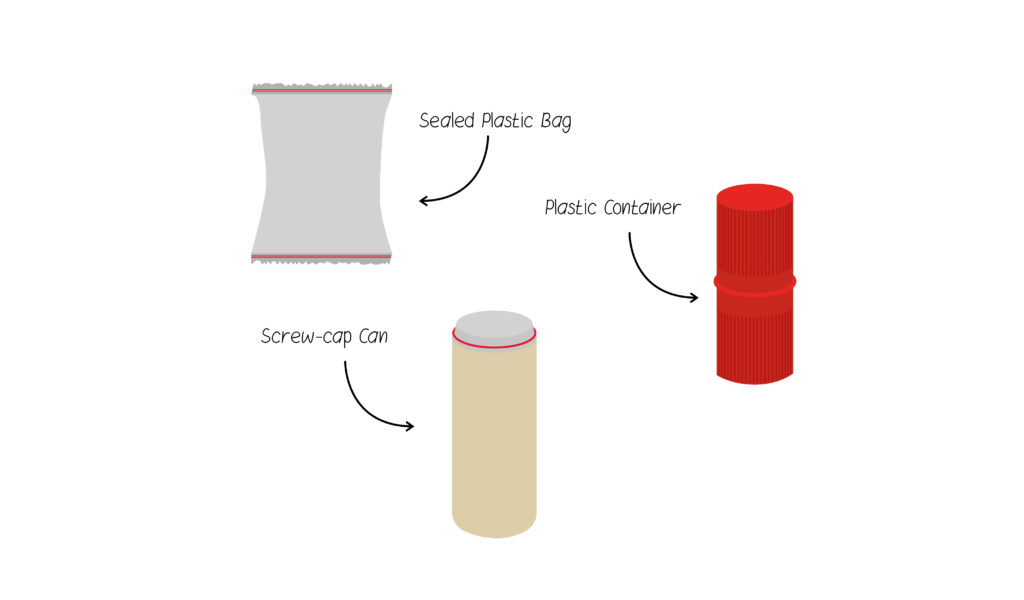
Packaging your sample correctly ensures that it arrives safely at its destination. You should always:
- Use the correct type of container for your sample
- Clearly label your sample with all the necessary information
- Secure the lid or cap on the container
- Pack samples in an insulated container with ice packs if necessary
What Is the Right Temperature for Transporting Blood and Specimens?
When transporting blood samples, remember to keep them cool but not frozen. The ideal temperature for blood samples is between two and eight degrees Celsius. The samples must be packed in an insulated container with a cold pack to maintain this temperature.
Specimens that need to be transported at a colder temperature should also be accommodated. However, dry ice must be used as the cooling agent instead of a cold pack when transporting samples below two degrees Celsius.
A courier for blood samples knows using dry ice is dangerous if not done correctly.
We cannot stress enough the importance of adhering to the proper temperature requirements to maintain the specimen’s quality.
3 Methods of Transportation for Blood and Specimens
There are three ways to transport medical specimens including:
- Courier services
- Your own transportation (make sure you follow all HIPAA requirements)
If you are transporting medical specimens using a courier for blood samples, mail, or public transportation, be sure to follow the specific instructions provided by the carrier.
When choosing a method of transportation, consider the time frame in which your sample needs to arrive, as well as the distance it will be traveling. As mentioned before, many medical samples, including tissue specimens, must be transported at a specific temperature to remain viable.
When transporting medical specimens in your own vehicle, always use an appropriate container and pack it securely to prevent movement during transport.
Read some tips on how to choose a logistics partner for your needs.
What Does a Courier for Blood Samples Do?
A courier for blood samples is a driver who collects and distributes pathology specimens between doctors’ surgeries, hospitals, and pathology laboratories.
They will collect the blood samples from a hospital or clinic and take them to a lab for testing, all while complying with healthcare regulations. Some collect blood from donors and take it to medical facilities where doctors use it for transfusions.
What Documentation Is Required for Transporting Blood and Specimens?
It is also essential to keep a copy of your medical transportation paperwork with you in case of an emergency. This paperwork will include information on the medical samples being transported and your contact information.
The University of California has an excellent resource for uniform specimen labeling requirements.
If you are transporting blood or other specimens across state lines, additional regulations may apply. Contact the Department of Transportation (DOT) for more information.
When working with a courier for blood samples, there is no need to worry about these requirements because the carrier will know all the conditions necessary for proper delivery.
Sample transport may seem daunting, but with a bit of preparation, it is easy and stress-free.
3 Potential Hazards of Transporting Blood and Specimens
The potential hazards associated with transporting blood and specimens include:
- Biological hazards, such as bacteria or viruses that could be present in the specimen.
- Chemical hazards, such as cleaners or disinfectants that may be used to clean the transportation container.
- Physical hazards, such as sharp objects that could puncture the container.
There are many potential hazards to look out for when transporting blood or specimens.
Wear gloves and a face mask to avoid contact with the specimen. If you must come into contact with the specimen, make sure to wash your hands thoroughly afterward.
In addition, use a sturdy container that will not break or leak.
Be aware of the dangers of biological, chemical, and physical hazards, and take these precautions to avoid contact with the specimen.
By taking these precautions, you will ensure the safety of yourself and those around you.
How Should Blood and Specimens Be Transported to Ensure Their Safety?

These tips guarantee the safe transport of medical specimens before they leave their pickup area and are picked up by a courier for blood samples.
Here are a few tips to ensure safety while transporting blood and specimens:
- Ensure that all blood and specimens are properly labeled with the patient’s name, medical record number, and contact information in accordance with HIPAA guidelines.
- Pack all materials in a sturdy container that can be easily transported.
- Make sure that the transport vehicle is clean and free of contaminants.
- Avoid exposing blood and specimens to extreme temperatures.
- Do not shake or agitate blood or specimens during transport.
- Follow all local, state, and federal regulations for transporting blood and specimens.
These are important safety measures that ensure a positive outcome of the delivery.
How Dropoff Can Help with Transporting Blood and Medical Specimens
Medical deliveries will always require special care and handling.
At Dropoff, we have years of medical delivery experience with hundreds of healthcare organizations nationwide. We know how to get your deliveries where they need to go quickly and safely.
In addition, our drivers undergo strenuous background checks and are HIPAA-certified and bloodborne pathogen certified.
With our live tracking solutions, you can monitor the delivery process in real-time and make data-driven decisions. Plus, our experts are available 24/7 to answer any questions you may have.
Talk with a Dropoff expert today if you’re looking for a reliable medical delivery service.
FAQs on Blood and Medical Specimen Transport
1. What is a courier for blood samples?
A courier for blood samples is a driver who collects and distributes pathology specimens between doctors’ surgeries, hospitals, and pathology laboratories.
2. How are blood samples stored and transported?
Most of the time, blood samples are stored at room temperature (between 15 to 30 degrees Celsius), fridge temperature (between 2 to 10 degrees Celsius), or frozen (20 degrees Celsius or lower). These temperatures have to stay the same during storage and transport.
3. Does Dropoff offer temperature control for sensitive items?
Yes. If you have specific requirements for your items, you can include them when you place your order with Dropoff. We offer temperature control for sensitive items, such as pharma products and laboratory specimens.
4. Can I track my deliveries in real time?
Yes. You can follow your deliveries in real-time from pick-up to drop-off, on a live map or via text/email. Our trackable digital chain of custody gives you peace of mind and compliance documentation. In addition, our medical couriers will provide delivery confirmations via photo, signature, email, text, or any courier action you prefer.




